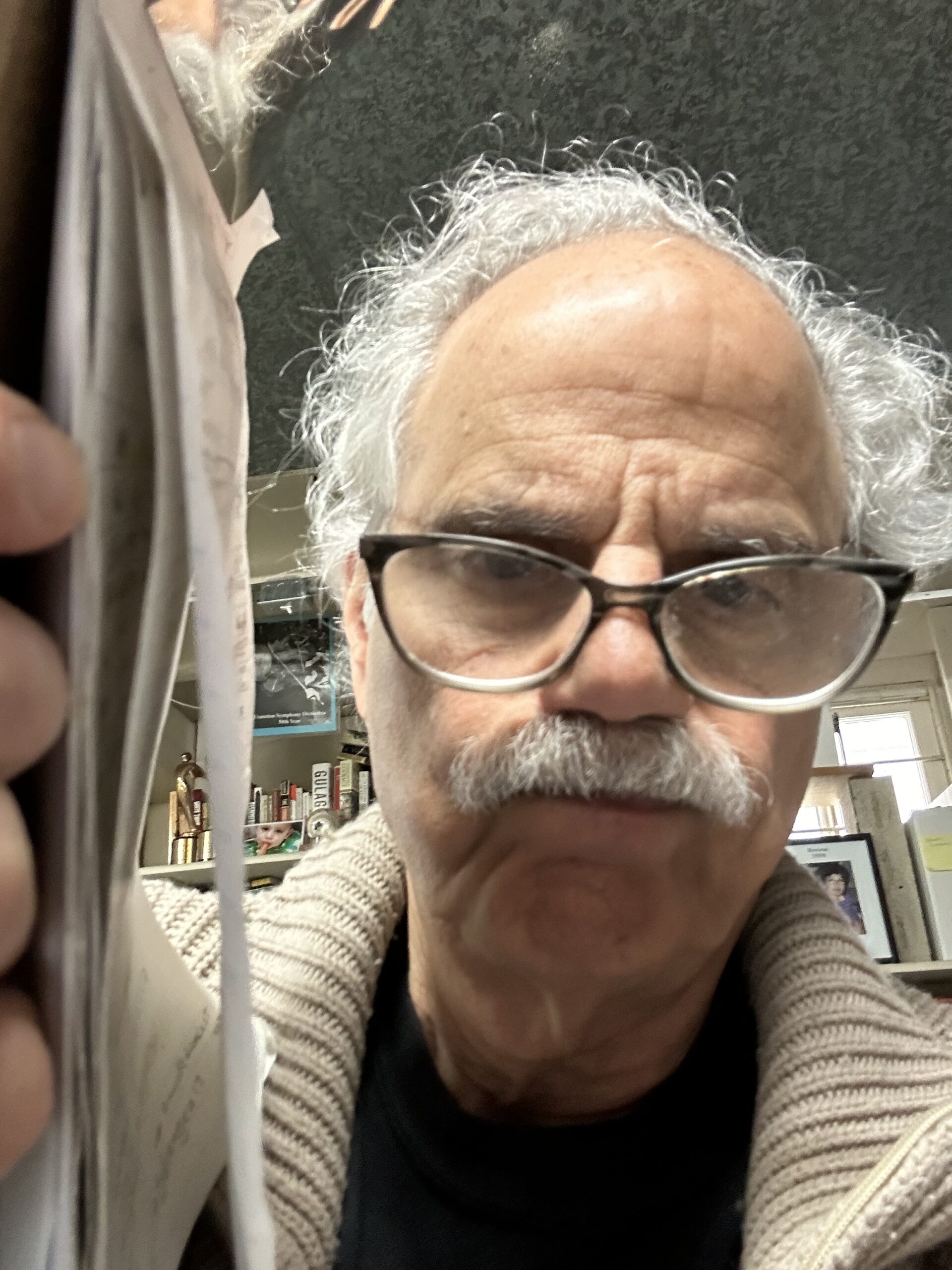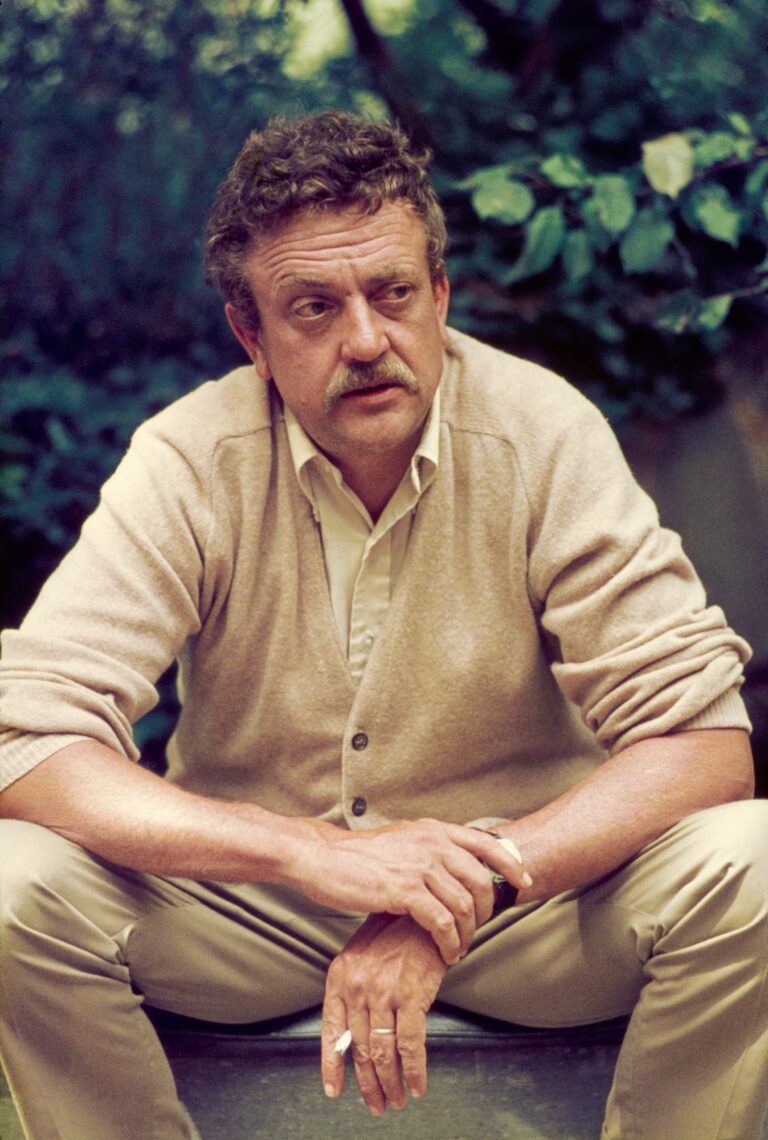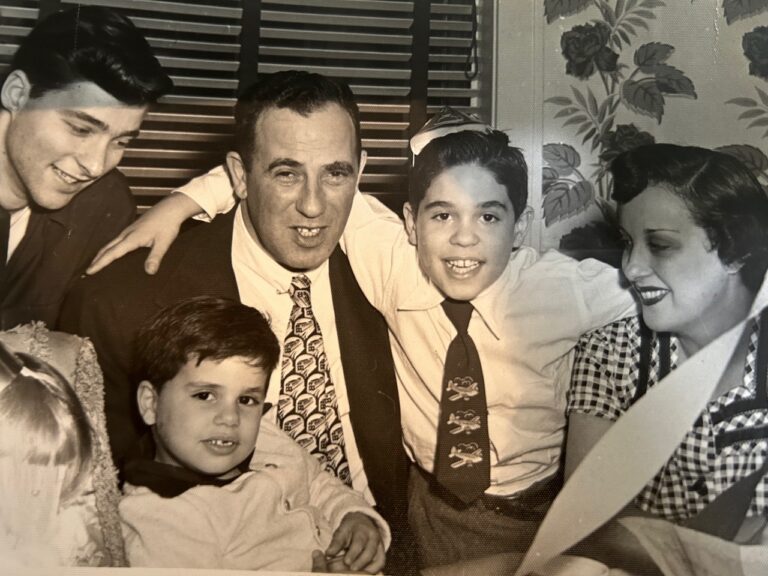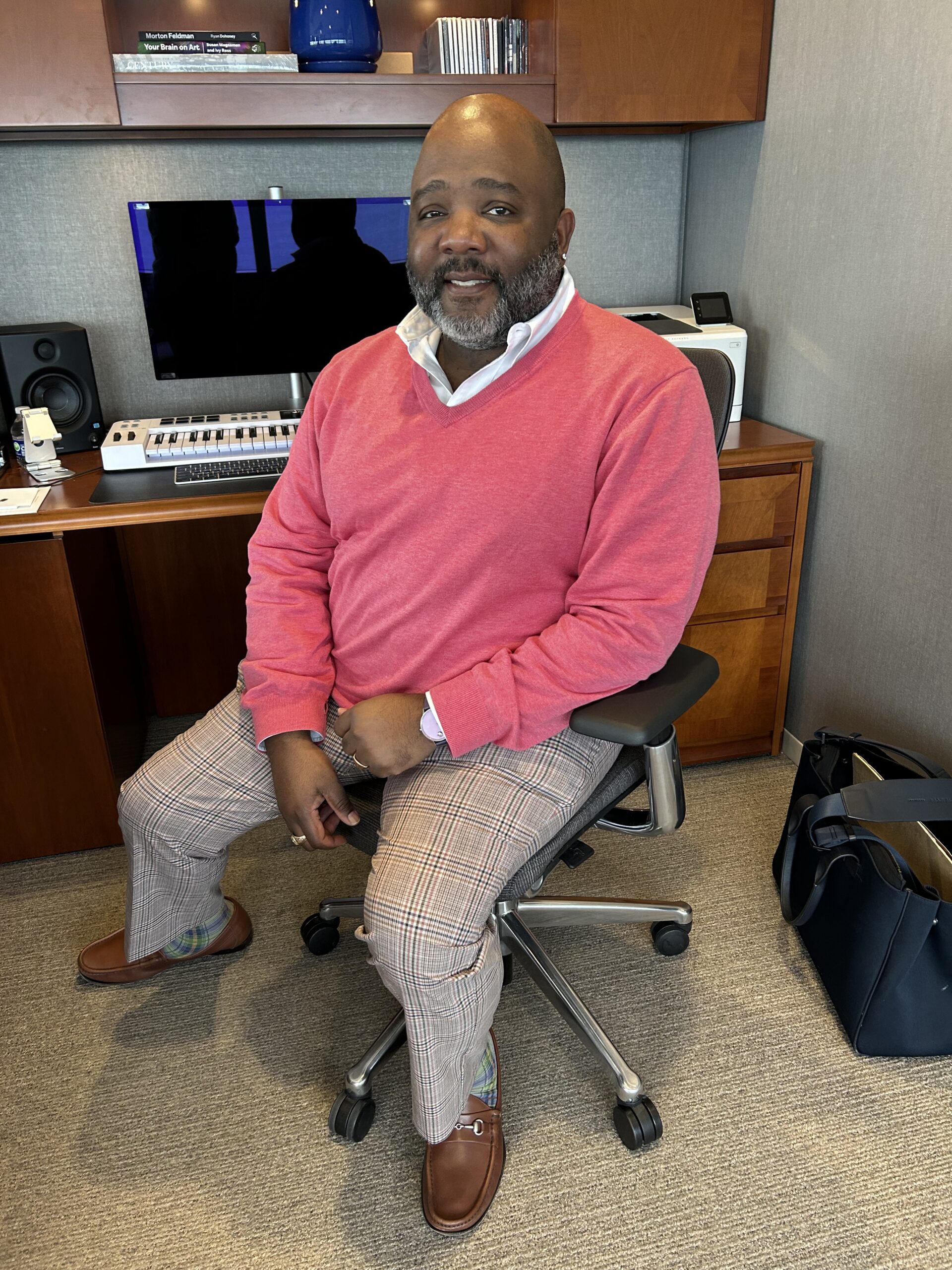Evanston RoundTable, July 6, 2022
Of course. All the more reason to redouble our efforts.
When my son Dan was a freshman at Evanston Township High School, I asked him if anything like the then-recent Columbine shootings could happen at ETHS.
‘No Dad,” he said, “Everyone’s got their own group here. They don’t stick out like those two kids at Columbine.”
That was reassuring at the time, but now we know better.
As much as we hope and pray our city does not experience the same kind of horror that rained down from a rooftop on Highland Park’s July 4th parade, we know anything is possible in today’s America. Mass shootings and gun carnage can happen anywhere, any time – even here.
Ignorance, rage and frustration boil up. I have no easy answers, only difficult questions:
— How did America become the gun violence capital of the world?
In the U.S. there are 393 million firearms in a population of 330 million. That works out to 120.5 firearms per 100 people. Second-highest is Yemen with 52.8. Canada has 34.7, France and Germany 14.6, the U.K. 4.6. Japan has fewer than half of one firearm per 100 people.
Perhaps it is a legacy of the shoot-em-up Old West. Or lawmakers kowtowing to the National Rifle Association. Or a youth culture suffused with violent video games and movies featuring gun-toting vigilantes.
— How could someone like the Highland Park murder suspect, with an apparent history of mental illness, gain legal access to rifles?
The suspect attempted suicide in early 2019, then months later told a family member he intended to “kill everyone,” said Christopher Covelli, Deputy Chief of the Lake County Sheriff’s Office. At the time police took from him a small arsenal of weapons.
Under the pseudonym Awake the Rapper the suspect posted music videos “featuring ominous lyrics and animated scenes of gun violence,” reported CNN. In one video, a stick figure “resembling the suspect’s appearance is seen wearing tactical gear and is seen carrying out an attack with a rifle.” Meanwhile the suspect narrates, “I need to just do it. It is my destiny.”
One image online included cartoons of a gunman pointing a large rifle and other figures spurting blood. Later in the video, the gunman lies in a pool of blood near police cars.
— What does the Second Amendment mean for 21st century Americans?
The Amendment is just one sentence, 27 words: “A well regulated Militia, being necessary to the security of a free State, the right of the people to keep and bear Arms, shall not be infringed.”
It was passed in 1791, when America had just won a war of independence and faced such existential challenges as the need to secure its borders and consolidate its revolution. Perhaps a civilian militia made sense then. But today, when we have a vast nationwide police presence and a larger military budget than the next nine countries combined, a modern civilian militia seems as outdated as the horse and buggy of George Washington’s era.
This comes to mind in the wake of the 2008 Supreme Court ruling in District of Columbia v. Heller. “The Second Amendment protects an individual right to possess a firearm unconnected with service in a militia, and to use that arm for traditionally lawful purposes, such as self-defense within the home,” wrote Justice Antonin Scalia for the majority in the 5-4 decision.
“While there is a common law right to self-defense, most historians think that it would be remarkable news to the framers of the Second Amendment that they were actually constitutionalizing a personal right to self-defense as opposed to trying to say something significant about the militia,” wrote Jack Rakove, Professor of American Studies at Stanford University and the author of eight books including the 1996 Pulitzer Prize winning Original Meanings: Politics and Ideas in the Making of the Constitution.
“Scalia got it wrong,” Rakove, who graduated from ETHS in 1964, told me in a phone interview. “The militia described in the Second Amendment was not about the personal right to own a gun. These are certainly legal issues about a personal right to self-defense, but they are not constitutional ones.”
The Heller decision seemed to unleash a Pandora’s box from which has sprung ever more-permissive rulings, including one just weeks ago further expanding gun rights. What started as a trickle is now a full-on torrent of weapons. The gun culture of casual carnage seems to have permeated American society.
— Do these rulings and guns make us safer?
Obviously not. There are more than 45,000 firearm deaths a year in this country. Americans are 25 times likelier to be killed in a gun homicide than residents of other high-income countries. Guns are the number one cause of death among U.S. children and teenagers. We have 4% of the global population but 35% of firearm suicides.
“No other country in the world tolerates this level of violence,” says security expert Phil Andrew.
— Where do we go from here?
We must not let inertia or frustration stymie our best intentions. Let us redouble our efforts to keep Evanston safe, to make sure all our young people have the opportunities they need to succeed. We need to care for each other and minister to our beloved city.
Two-thirds of Americans believe laws covering the sale of firearms should be stricter. All the more reason to elect legislators and judges who reflect the popular will and can enact reasonable gun laws as well as more vigorously enforce the ones already on the books. The latest bipartisan gun-control legislation from Congress, the first in decades, is a good start. But it’s only a start. We still need to limit assault weapons and high-capacity magazines as well as access to deadly weapons by those obviously unfit to own them. To help those people, we should increase the number of and access to social work agencies and programs.
All of this will take time, money and hard work. As we saw Monday, our children’s lives and public safety are at stake.




+ There are no comments
Add yours